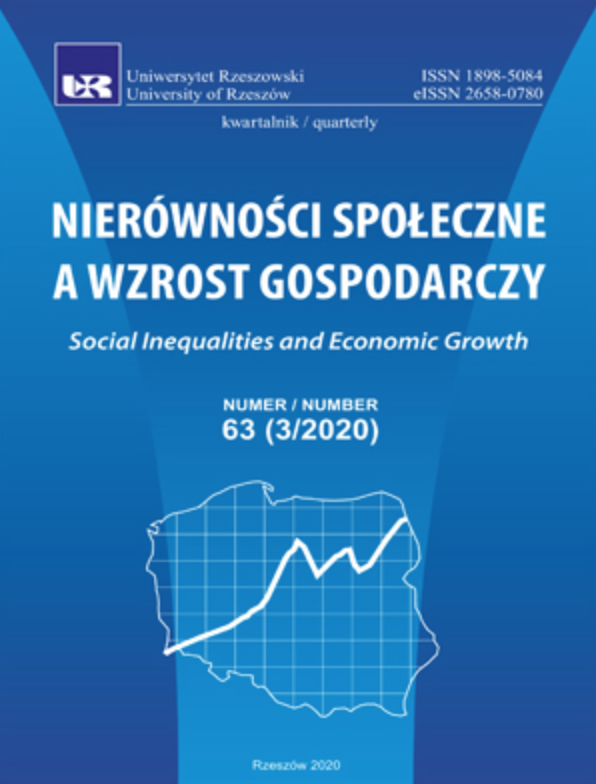Efficiency of the research and development activities of technical universities in Poland
Efficiency of the research and development activities of technical universities in Poland
Author(s): Irena Łącka, Łukasz BrzezickiSubject(s): Socio-Economic Research
Published by: Wydawnictwo Uniwersytetu Rzeszowskiego
Keywords: R&D; efficiency; universities; DEA
Summary/Abstract: In the 21st century knowledge-based economy, long-term economic growth and developmentdepend on the ability to use the knowledge and technology so as to create product, process, organisational, marketing and even social innovations. The knowledge and technology, human resourcesand social capital (facilitating the transfer of technology from the world of science to the economy),comprise the most important production factors today. Research and development (R&D) activitiesare among the diverse determinants affecting the economy’s ability to innovate. They are carried outby public technical universities. One of the tasks that these entities face is to conduct basic, industrial(applied) research and development works. Their results can then be transferred to industrial andservice enterprises as novel solutions. Research and development activities of universities arefinanced mainly from public sources, which suggests the need to assess the efficiency of this task.This can be done with the use of various methods, e.g. the non-parametric DEA method.The purpose of the paper is to measure the efficiency of research and development activitiesof public technical universities in Poland with the aid of the DEA method. The fourteen universitieswhich in the years 2015–2017 reported to the Ministry of Science and Higher Education (MNiSW)were included in the study. The efficiency of the universities in filing new patent solutions and beinggranted patents was analysed. The results acquired indicate very low and low efficiency of mostPolish technical universities. This is due both to a small number of patent applications and a smallnumber of patents granted. In the examined period, the group of most efficient technical universitiesin both aspects comprised 4 to 5 universities.
Journal: Nierówności Społeczne a Wzrost Gospodarczy
- Issue Year: 2020
- Issue No: 63
- Page Range: 258-274
- Page Count: 17
- Language: English

